
Lillian Gray, ca. 1899. Gray Family Collection
Copyright 2021 by Linda J. Eversole
All rights reserved. No part of this publication may be reproduced, stored in a retrieval system, or transmitted in any form or by any means, electronic, mechanical, photocopying, recording, or otherwise, without the prior written permission of the publisher. For more information, contact the publisher at:
TouchWood Editions
touchwoodeditions.com
The information in this book is true and complete to the best of the authors knowledge. All recommendations are made without guarantee on the part of the author or the publisher.
Copy edited by Rene Layberry
Cover and interior design by Sydney Barnes
Front cover images: (Top) Lillian Gray. Gray Family Collection; (Bottom) Wharf
Street looking north from Fort Street. City of Victoria Archives, M07068
Back cover image: Lillian Gray. Gray Family Collection
CATALOGUING DATA AVAILABLE FROM LIBRARY AND ARCHIVES CANADA
ISBN 9781771513388 (print)
ISBN 9781771513395 (electronic)
TouchWood Editions acknowledges that the land on which we live and work is within the traditional territories of the Lkwungen (Esquimalt and Songhees), Malahat, Pacheedaht, Scianew, TSou-ke and  (Pauquachin, Tsartlip, Tsawout, Tseycum) peoples.
(Pauquachin, Tsartlip, Tsawout, Tseycum) peoples.
We acknowledge the financial support of the Government of Canada through the Canada Book Fund and the Canada Council for the Arts, and of the Province of British Columbia through the British Columbia Arts Council and the Book Publishing Tax Credit.

25 24 23 22 21 1 2 3 4 5
For my daughters, Machala and Cheryl, resilient spirits, empathetic hearts
Contents
Introduction
VICTORIA UNBUTTONED, SALACIOUS AS IT SOUNDS, IS THE result of my examination and exploration of the lives of those deemed unfit for recorded history. When we challenge assumptions about those who have come before, we challenge ourselves to see our own lives through the lens of history, without sentimentality or prejudice, and find sympathies that know no distance of time.
I am intrigued by Victoria, British Columbiaa place that has gone from being a sleepy, staid town to a charming, colourful, lively city. Its a city I would want to visit if I did not already live here. Over the past five decades I have seen Victoria grow and change while retaining a sense of its heritage. I have been privileged to observe the creation of many culturally significant works of art originating in the carving shed at Thunderbird Park. I walk down streets in the old town, which still have wooden block paving and historic structures. Along the way I have felt the presence of the people who have come before; this has driven me to learn all I can about their lives.
One group that is absent from a variety of historical records is the poorparticularly women in poverty, who were disadvantaged in a patriarchal society. The stories of their livesespecially of those who lived outside the normoffer the present-day researcher greater depth of feeling and understanding of the times.
I was born in Qualicum Beach and spent my earliest years in a little cabin on Buller Road; my father ran the old wooden gas station on the main road along the coast. I was lulled to sleep nightly by the sound of the waves on the shore, and I am happy to say my childhood cabin still stands among more substantial houses. We had a resident hermit, Giuseppe Roat, about whom many years later I would write, and on occasion my mother and I rode the wonderful E&N train to Victoria. It was an idyllic start to a young life.
Much of my life has been spent in Victoria, save for a childhood in New Westminster and Edmonton. I have also had various sojourns, particularly in England where I worked in archaeology; this experience fuelled my passion for history. Indeed, history is well entrenched in my DNA: My family takes pride in our roots, which sprung from Scotland, Northern Ireland, Upper Canada, and the Anabaptist Eversoles of Swiss origin. These roots were the source of family stories of travel to new lands and pioneer life.
In the early 1970s I was thrilled to get a position at the newly opened BC Provincial Museum, now the Royal BC Museum, in the History division. My path also led to employment with the Victoria City Archives, with Ainslie Helmcken, a grandson of pioneer doctor John Sebastian Helmcken. Later I worked at Point Ellice Historic House, the BC Golf Museum, the Steveston Museum, and the Sooke Region Museum. I spent six months at the York Archaeological Trust, mostly cleaning human bones from a Saxon burial. Interspersed with these great jobs were many travels to foreign places, usually in service to some historical passionRussias czars, Rapa Nuis magnificent statues, Omans lost city of Ubar, and Tunisias troglodyte homes (used to depict Tatooine in the first Star Wars movie). From Europe to Japan, the Cook Islands to Chile, and India to Egypt, I relentlessly followed my passion for historya passion that is still not quenched.
Between my travels I managed to land a dream job as a research officer for the Heritage Branch of the BC Government. Twelve years of diverse assignments took me around the province and through decades of time to research all manner of properties, individuals, and locations to help facilitate preservation.
My work included research in government documents, letters, journals, newspapers, and photographs. I travelled to where the materials weresome were in archives, others were in offices, and some were held by individuals. I spent hours sitting on floors in government offices going through heavy leather-bound ledgers from land titles, surveys, and vital statistics. I tromped through deep snow to photograph an abandoned fur trade cabin near Nazko. I posed beside the worlds largest truck in the coal fields of the Rockies. Impelled by the desire to understand the diversity of peoples lives, I would find myself driving my elderly car through the Cariboo backroads to Quesnel Forks to explore its early log structures built by Chinese miners during the gold rush. I gazed in awe at the wonder personified in the ancient poles of Haida Gwaii, and I was privileged to be included as an observer of the ceremonies returning culturally significant objects to their rightful owners. As I worked and explored, it became abundantly clear that the personal stories of individuals are the heart and soul of any study of history.
I met many people along the way, all of whom impacted my thinking and approach to the past. Whether conversing with an elderly Indigenous resident of Keremeos about the building of the local Grist Mill (now a historic site) or a hundred-year-old former bartender who knew the early saloons of Victoria well, I found that interviews with pioneers, Indigenous peoples, and knowledgeable historians brought new information and insight and led to a fuller understanding.
These diverse experiences, which I feel privileged to have had, were born of the ideas and work of many individualssome revered, some forgotten, some flawed, some heroic, but all human. Along the way I found myself wondering how much I could learn about the individuals whose lives were deemed unremarkable and, through a myriad of circumstances, lost to history. As I was well versed in the types of research materials available, I dived more deeply into exploring primary source material including census records; directories; birth, marriage, and death registrations; wills and probates; military service records; and land and chattel transfers.

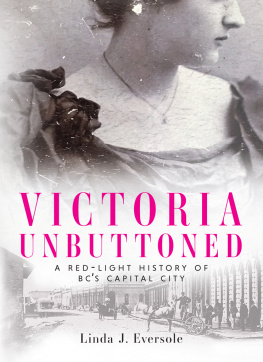

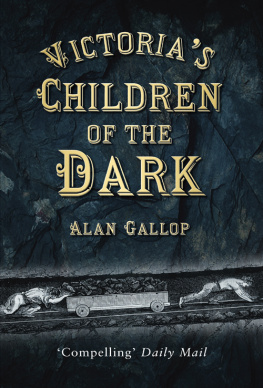
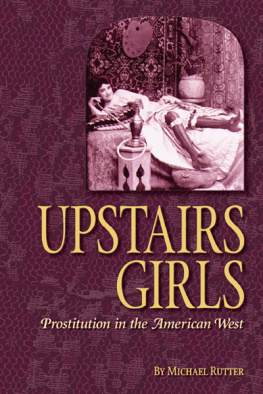
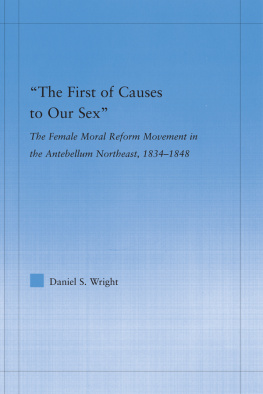
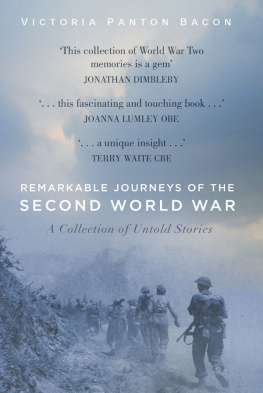
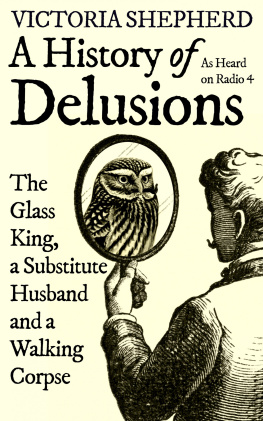
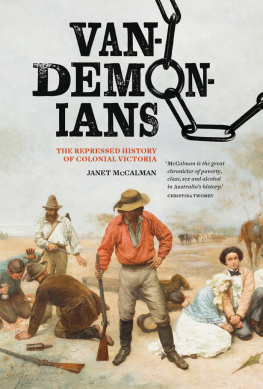
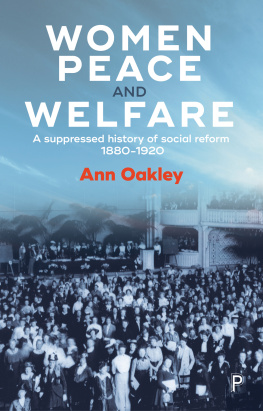
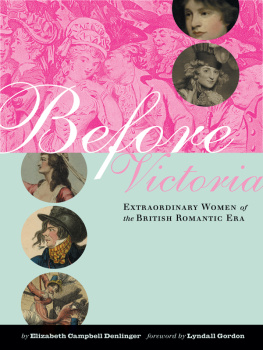




 (Pauquachin, Tsartlip, Tsawout, Tseycum) peoples.
(Pauquachin, Tsartlip, Tsawout, Tseycum) peoples.